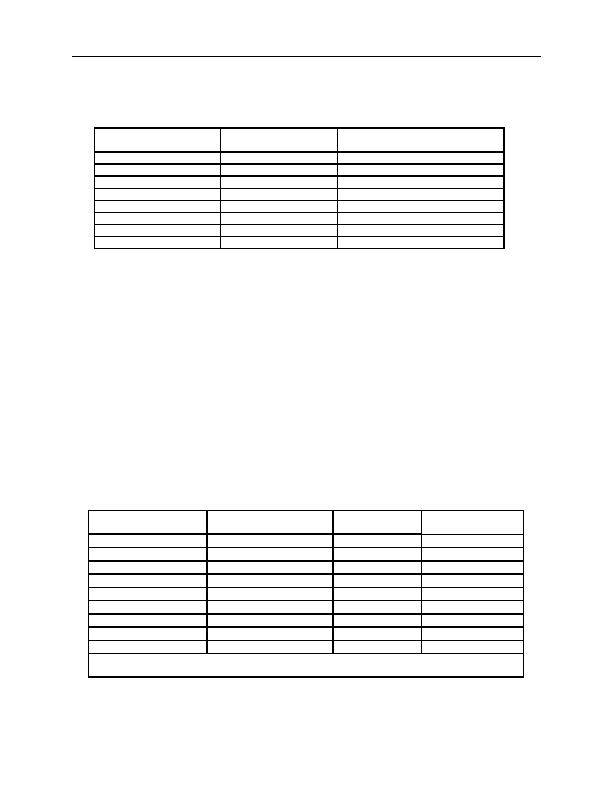
Public Health Assessment Public Comment Release
Ward Transformer NPL Site
summary of all of the Aroclor 1260 results, showing location, species, and average filet
concentration of Aroclor 1260 for each species and location collected, is shown in Table 3.
Table 3. Fish Filet Sampling Result Summary, Ward Transformer Site, Raleigh, NC
Location
Fish Species
Average Composite Filet Aroclor
1260 Concentration in mg/kg
Brier Creek Reservoir
Bluegill sunfish
0.5
Largemouth bass
1.6
Brown bullhead
1.7
Yellow bullhead
1.2
Lake Crabtree
Bluegill sunfish
0.2
Largemouth bass
0.2
Common carp
0.3
Channel catfish
1.2
Assuming the same recreational consumption rates as above, all the filet concentrations in Table
3 would result in increased risk of cancer and noncancer health effects. Because of the lower
PCB levels in Lake Crabtree sunfish and bass, limiting consumption of these fish to no more
than 1 meal a month would be expected to minimize the risk of adverse health effects.
Soil Ingestion Pathway
Employees working on the site or people trespassing on or near the site could come into contact
with contaminated soil. They could get particles of the soil on their skin, or they might
unintentionally eat or breathe in the particles. Soil from the site has been sampled and analyzed
for contaminants. Although people generally are exposed only to surface soil no more than 3
inches below ground surface, ATSDR used results from samples taken from 012 inches below
ground surface to estimate surface concentration, since that was the only depth range available.
This may overestimate or underestimate the actual concentration of contaminants to which
surface soil above the corresponding soil CV.
Maximum concentration
Comparison
CV Source (defined
Contaminant
in soil, ppm
Value (CV), ppm
in Appendix A)
2
20 / 0.5
EMEG / CREG
Copper
6,300
2,900
R9 PRG
Iron
30,000
23,000
R9 PRG
DDT
33
30 / 2
RMEG / CREG
Aldrin
0.061
2 / 0.04
EMEG / CREG
Dieldrin
5.2
3 / 0.04
EMEG / CREG
Heptachlor Epoxide
0.21
0.7 / 0.08
RMEG / CREG
Aroclor 1260
1,700
0.4
CREG
Dioxin/Furan/PCB TEQ
0.06
0.00005
EMEG
Source: [4]
*
Maximum of any single PCB congener.
estimated for adult workers, assuming they were exposed to the maximum concentrations listed.
11


 Previous Page
Previous Page
